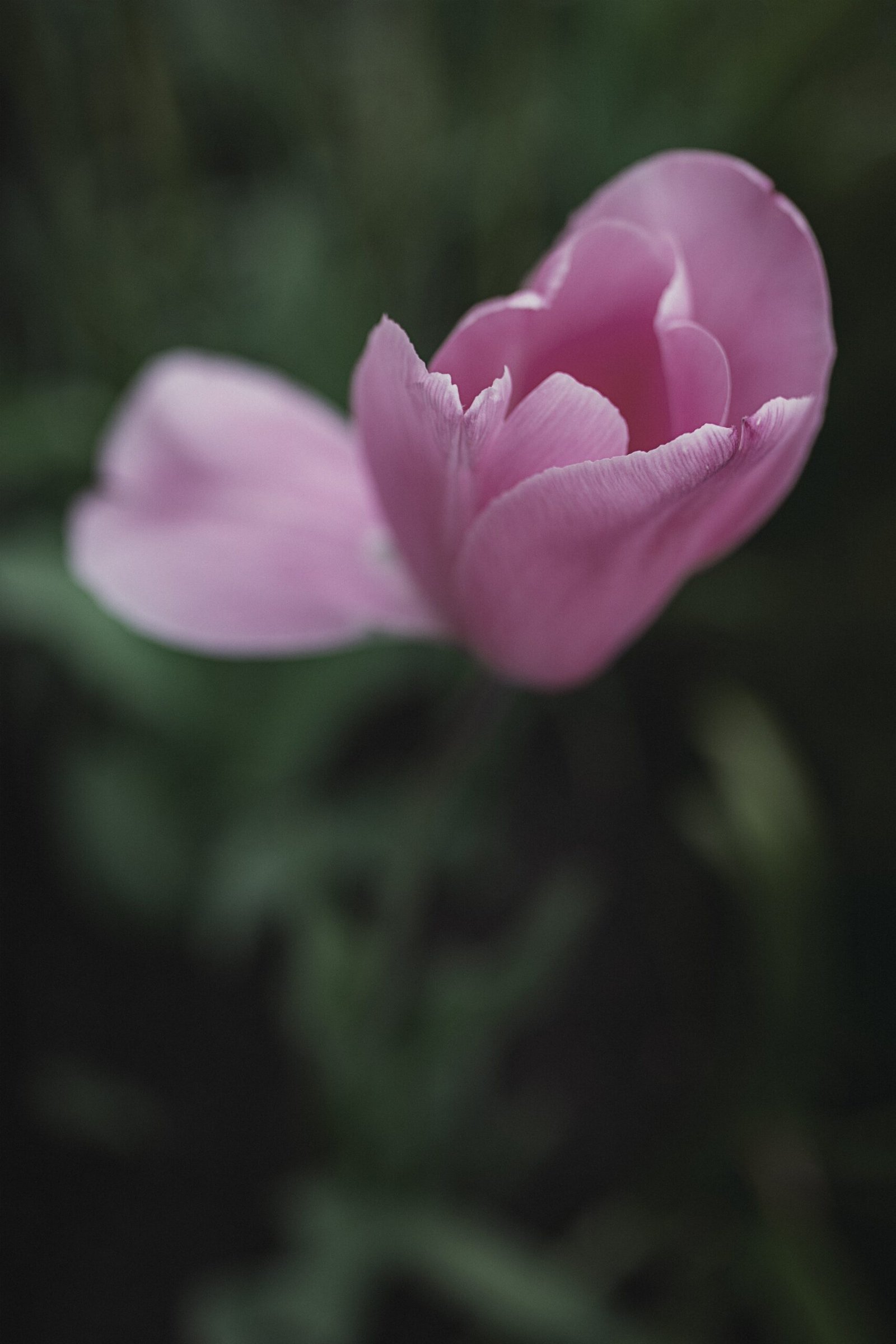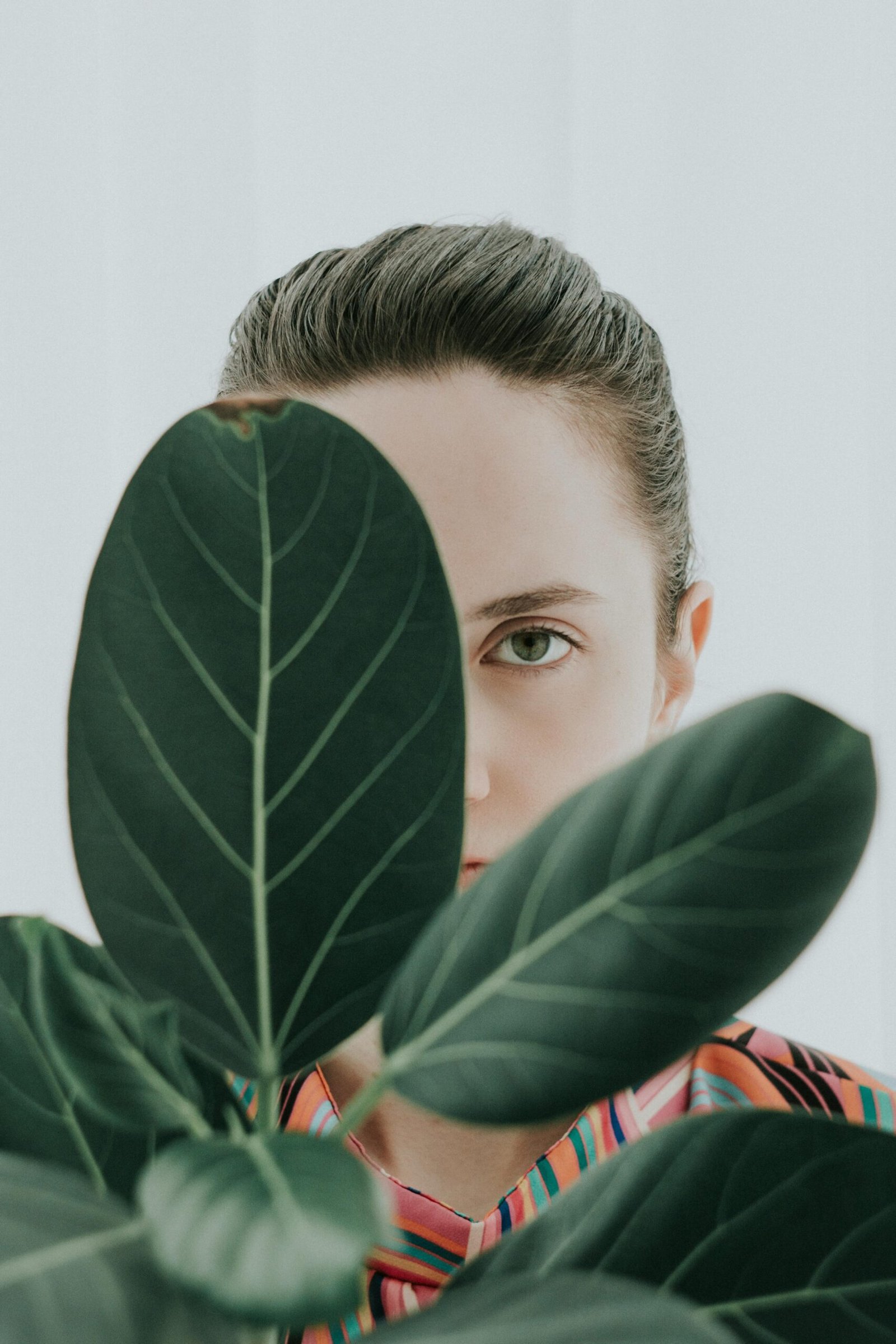
Imagine having a vibrant and flourishing garden filled with stunning trailing plants that thrive in the warm embrace of full sun. With this article, you will discover a curated list of 10 beautiful trailing plants specifically chosen for containers, making it easier than ever to create a picturesque and inviting outdoor space. From cascading blooms to lush foliage, these plants are sure to add a touch of natural beauty and charm to any patio or balcony. So, get ready to transform your outdoor oasis as we unveil the perfect selection of trailing plants that love basking in the sun’s glow.

1. Trailing Petunias
Trailing petunias are an excellent choice for brightening up your containers in full sun. With their vibrant colors and cascading growth habit, they add a pop of color and interest to any space. Some of the best varieties for full sun include the Supertunia series, which offers a wide range of colors from bold pinks and purples to soft pastels. Other popular varieties include the Wave series and the Surfinia series. These petunias thrive in full sun and will reward you with a stunning display of blooms all season long.
When it comes to growing conditions, trailing petunias prefer well-draining soil that is rich in organic matter. Make sure to choose a container with good drainage holes to prevent waterlogged roots. Plant your petunias in a high-quality potting mix and place the container in a sunny location where they will receive at least six hours of direct sunlight each day. Regular watering is essential for these plants, as they have shallow root systems and can quickly dry out. Mulching the soil surface can help retain moisture and regulate soil temperature.
Care and maintenance for trailing petunias are relatively straightforward. It’s important to deadhead spent blooms regularly to promote continuous flowering. Simply pinch off the faded flowers with your fingers or use scissors for a clean cut. This encourages the plant to redirect its energy towards producing more blooms instead of setting seed. Additionally, fertilize your petunias every two to three weeks with a balanced, water-soluble fertilizer to ensure they have the nutrients they need to thrive.
2. Sweet Potato Vine
If you’re looking for a trailing plant with striking foliage, the sweet potato vine is an excellent choice. This plant comes in a variety of colors, including vibrant greens, deep purples, and even variegated options. One of the most popular varieties is ‘Blackie,’ which features deep, burgundy-colored leaves that create a dramatic contrast in any container. Another beautiful variety is ‘Marguerite,’ which has lime green, heart-shaped leaves that add a tropical touch to your garden.
When it comes to sunlight and soil requirements, sweet potato vines thrive in full sun to partial shade. They prefer well-draining soil with a slightly acidic pH. If you’re growing them in containers, make sure to choose a pot with good drainage holes to prevent waterlogging. Sweet potato vines are relatively drought-tolerant once established, but they do appreciate regular watering, especially during hot, dry periods. Adding a layer of organic mulch around the plants helps retain moisture and suppress weed growth.
Watering and fertilizing are essential for the healthy growth of sweet potato vines. Keep the soil consistently moist but not soggy, as overwatering can lead to root rot. Apply a balanced, slow-release fertilizer at the beginning of the growing season to provide a steady supply of nutrients. You can also supplement with a liquid fertilizer every four to six weeks to promote lush foliage. When grown in containers, sweet potato vines may require more frequent fertilization due to the limited nutrient availability.

3. Bacopa
Bacopa, also known as Sutera cordata, is a trailing plant that is often used as a filler in container gardens. It features delicate, star-shaped flowers in shades of white, pink, and lavender that bloom throughout the summer. Bacopa is known for its ability to tolerate heat and has a cascading growth habit, making it an excellent choice for hanging baskets or tall containers.
When it comes to ideal growing conditions, bacopa thrives in full sun to partial shade. It prefers well-drained soil and can handle a wide range of soil types, including sandy or loamy soils. However, make sure to amend heavy clay soils with organic matter to improve drainage. Bacopa is relatively low-maintenance and doesn’t require regular pruning. However, if the plant becomes leggy or starts to lose its compact shape, you can trim it back by up to one-third to encourage new growth. Deadheading spent flowers can also promote the continuous blooming of bacopa.
4. Verbena
Verbena is another popular trailing plant for containers in full sun. It offers a wide range of vibrant colors, including reds, pinks, purples, and whites. Some of the best full sun-tolerant varieties include the ‘Homestead Purple’ and ‘Tapien Blue Violet.’ These verbena varieties have a cascading growth habit, creating a beautiful trailing effect in containers.
When it comes to planting and watering, verbena prefers well-draining soil with a pH ranging from slightly acidic to slightly alkaline. Make sure to choose a container with good drainage holes to prevent waterlogging. Water verbena regularly, aiming for consistently moist soil but avoiding overwatering. Mulching the soil surface can help retain moisture and suppress weed growth.
Pest and disease control are important considerations when growing verbena. Aphids and whiteflies are common pests that can infest verbena plants. To control these pests, you can use insecticidal soaps or neem oil sprays. Regularly inspecting your plants for any signs of pests or disease will allow you to catch and treat problems early, preventing further damage.

5. Lobelia
Lobelia, with its delicate flowers and trailing growth habit, is a charming addition to any container garden. This plant comes in various types, including Lobelia erinus, Lobelia cardinalis, and Lobelia laxiflora. The compact varieties of Lobelia erinus, such as the ‘Crystal Palace’ or ‘Riviera Blue,’ are especially suitable for containers with their vibrant blue flowers.
Lobelia thrives in full sun to partial shade. While it can tolerate a wide range of soil types, it prefers moist, well-draining soil. Avoid overwatering, as soggy soil can cause root rot. Lobelia plants benefit from regular watering to keep the soil consistently moist. It’s also important to plant them in a container with good drainage holes to prevent waterlogging.
Regular care and troubleshooting are necessary for healthy lobelia plants. Pinching back the stems helps promote bushier growth and encourages the production of more flowers. Deadheading spent blooms is essential to promote continuous flowering. You can simply pinch off the faded flowers or use scissors for a clean cut. Keep an eye out for any signs of pests, such as aphids or slugs, and take appropriate measures to control them.
6. Portulaca
Portulaca, also known as moss rose or sun rose, is a beautiful trailing plant that thrives in full sun. It is prized for its vibrant, jewel-toned flowers in shades of pink, red, yellow, orange, and white. Some of the best varieties for containers include ‘Happy Hour,’ ‘Sundial,’ and ‘Colorblast.’
When it comes to watering and soil requirements, portulaca prefers well-draining soil and is drought-tolerant once established. It is important not to overwater these plants, as they are susceptible to root rot. Allow the soil to dry out between waterings and avoid watering from above, as wet foliage can increase the risk of fungal diseases. Container gardening is particularly suitable for portulaca, as you can control the soil moisture more effectively.
Container gardening tips for portulaca include choosing a wide, shallow pot that allows the roots to spread and breathe. Be mindful of the soil quality, as portulaca prefers sandy or loamy soil. Mixing sand or perlite into the potting mix can improve drainage. Position the container in a sunny location where the plants can receive at least six hours of direct sunlight each day.
7. Creeping Jenny
Creeping Jenny, or Lysimachia nummularia, is a versatile trailing plant that adds a touch of elegance to any container garden. It is characterized by its trailing stems and round, chartreuse leaves. Creeping Jenny is often used as a ground cover or spiller in mixed container plantings.
When it comes to light and temperature needs, creeping Jenny thrives in full sun to partial shade. It can tolerate a wide range of temperatures, from cool spring weather to hot summers. As for soil preference, creeping Jenny prefers moist, well-draining soil. It can tolerate a variety of soil types, including sandy or clay soils. However, avoid waterlogging the soil, as excessive moisture can lead to root rot.
Propagation and pruning are important aspects of caring for creeping Jenny. This plant can be propagated by taking stem cuttings and rooting them in moist soil or water. Regular pruning helps maintain the plant’s shape and controls its growth. Trim back any excessively long or leggy stems to encourage bushier growth. Creeping Jenny is relatively pest-resistant but keep an eye out for aphids or slugs, which occasionally feed on the foliage.
8. Million Bells
Million Bells, or Calibrachoa, is a beautiful trailing plant that resembles miniature petunias. It offers a wide range of colors, including pink, purple, red, yellow, and white. Million Bells are known for their profuse blooming and cascading growth habit, making them a popular choice for containers in full sun.
When it comes to watering and feeding needs, Million Bells prefer consistently moist soil. Regular watering is necessary, especially during hot, dry periods. However, it is important to avoid overwatering, as this can lead to root rot. Apply a slow-release fertilizer at the beginning of the growing season to provide a continuous supply of nutrients. Supplement with a liquid fertilizer every two to three weeks to ensure healthy growth and abundant blooms.
Overwintering strategies are important to protect Million Bells from freezing temperatures. These plants are typically treated as annuals in colder climates, but they can be overwintered indoors if desired. Before the first frost, you can take cuttings from your Million Bells and root them in pots indoors. Place the pots in a sunny location and water as needed. This allows you to enjoy these beautiful plants year-round.
9. Dichondra
Dichondra, with its low-maintenance nature and ground-covering ability, is an excellent choice for containers in full sun. It has small, round leaves that create a lush, carpet-like effect as it trails and spreads. Dichondra ‘Silver Falls’ is a popular variety known for its silver-gray foliage.
When it comes to sun exposure and watering, dichondra thrives in full sun but can tolerate partial shade. It prefers consistently moist soil, but avoid overwatering, as excessive moisture can lead to root rot. Allow the soil to dry out slightly between waterings. Container-grown dichondra may require more frequent watering, as potting mix tends to dry out faster than garden soil.
Potential pest problems for dichondra include slugs and snails, which can feed on the leaves. Applying a layer of organic mulch or using snail and slug control measures can help prevent damage. Additionally, keep an eye out for any signs of leaf spot disease, such as brown or black patches on the foliage. If necessary, treat with a fungicide according to the instructions on the product.
10. Nasturtium
Nasturtium, with its bright and edible flowers, is a delightful trailing plant that adds both visual appeal and a tasty treat to your container garden. These vibrant flowers come in shades of yellow, orange, and red, and they have a slightly spicy flavor. Nasturtium leaves are also edible and can be added to salads for an extra peppery kick.
When it comes to growing nasturtium in containers, they prefer full sun to partial shade. They can tolerate a variety of soil types, but they prefer well-draining soil. Nasturtiums are relatively low-maintenance and don’t require much fertilizing. However, a well-balanced, water-soluble fertilizer can be applied every three to four weeks to encourage blooming and foliage growth.
Harvesting and using nasturtiums are some of the highlights of growing these plants. The flowers can be harvested when they are fully open and can be used to garnish salads, desserts, or even cocktails. The leaves can also be harvested and used as a spicy addition to salads. Regularly harvesting the flowers and leaves encourages the plant to produce more blooms throughout the season.





